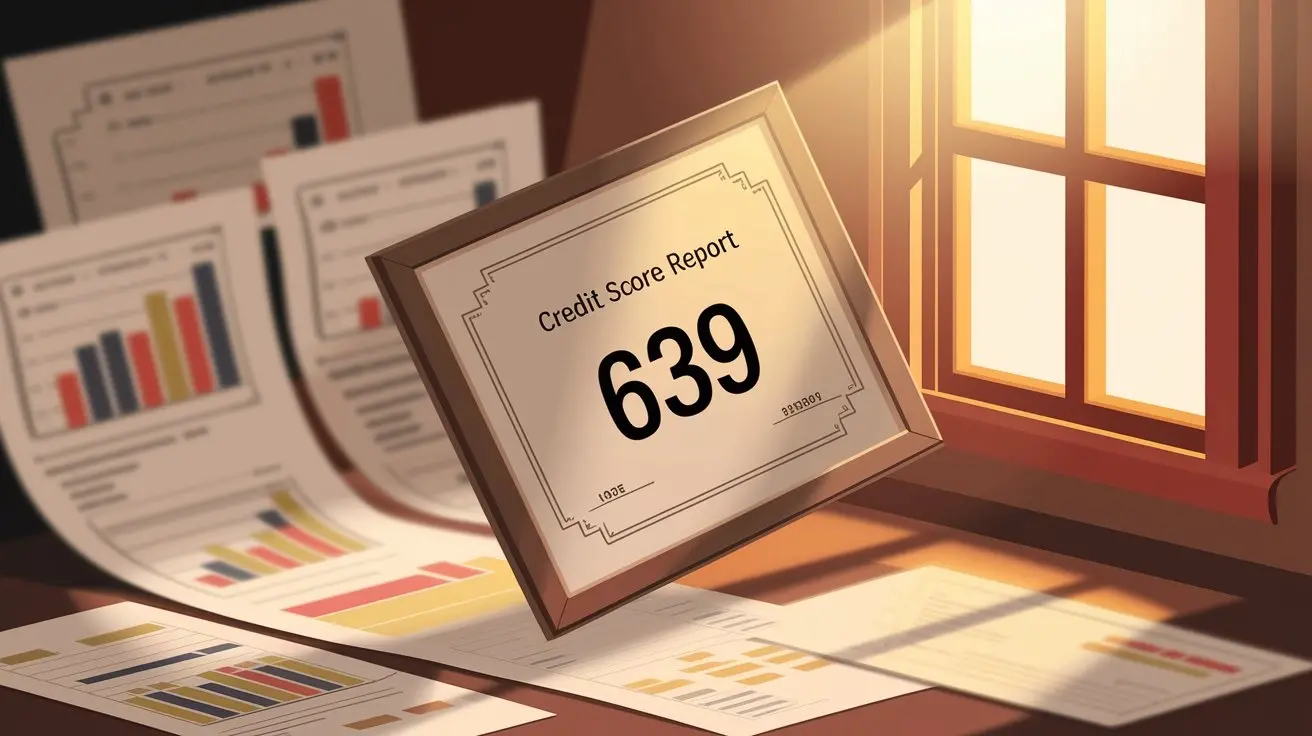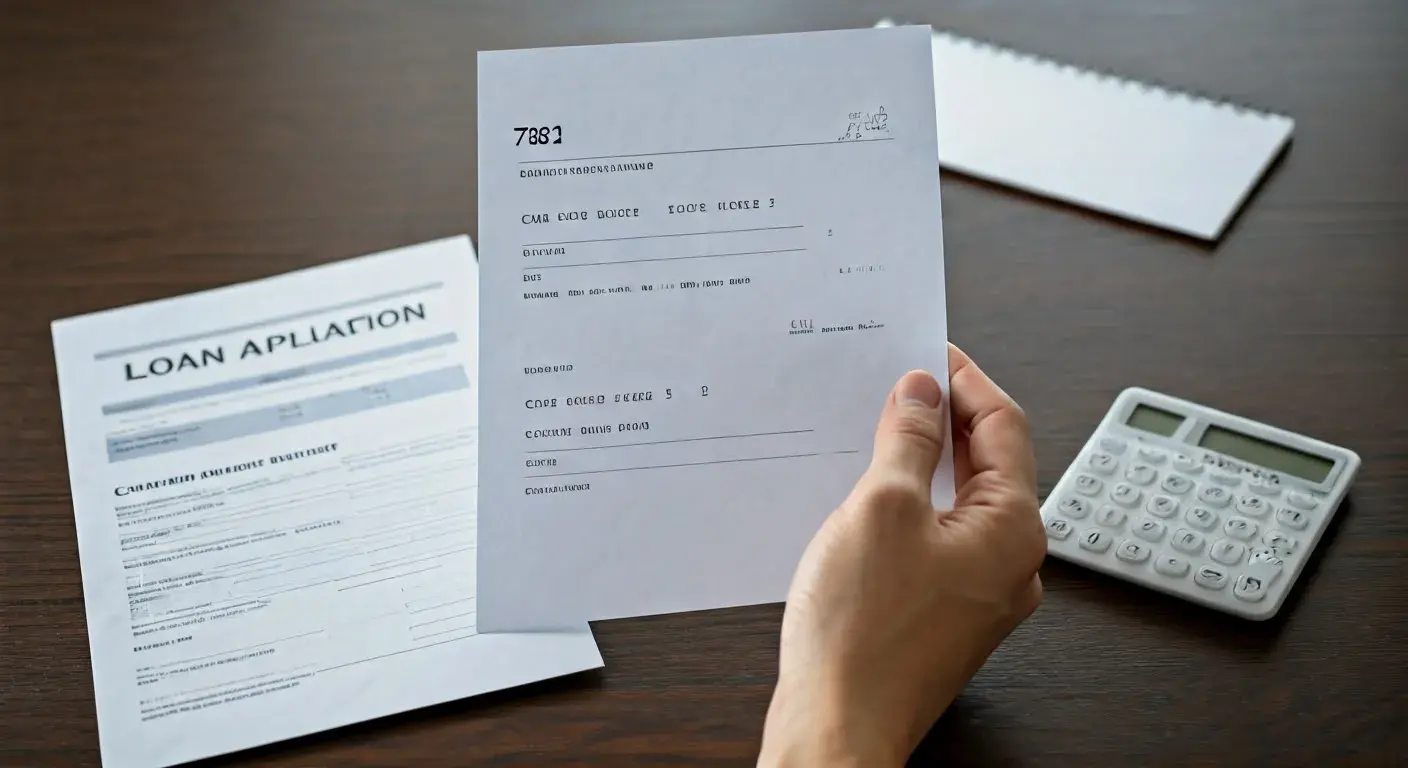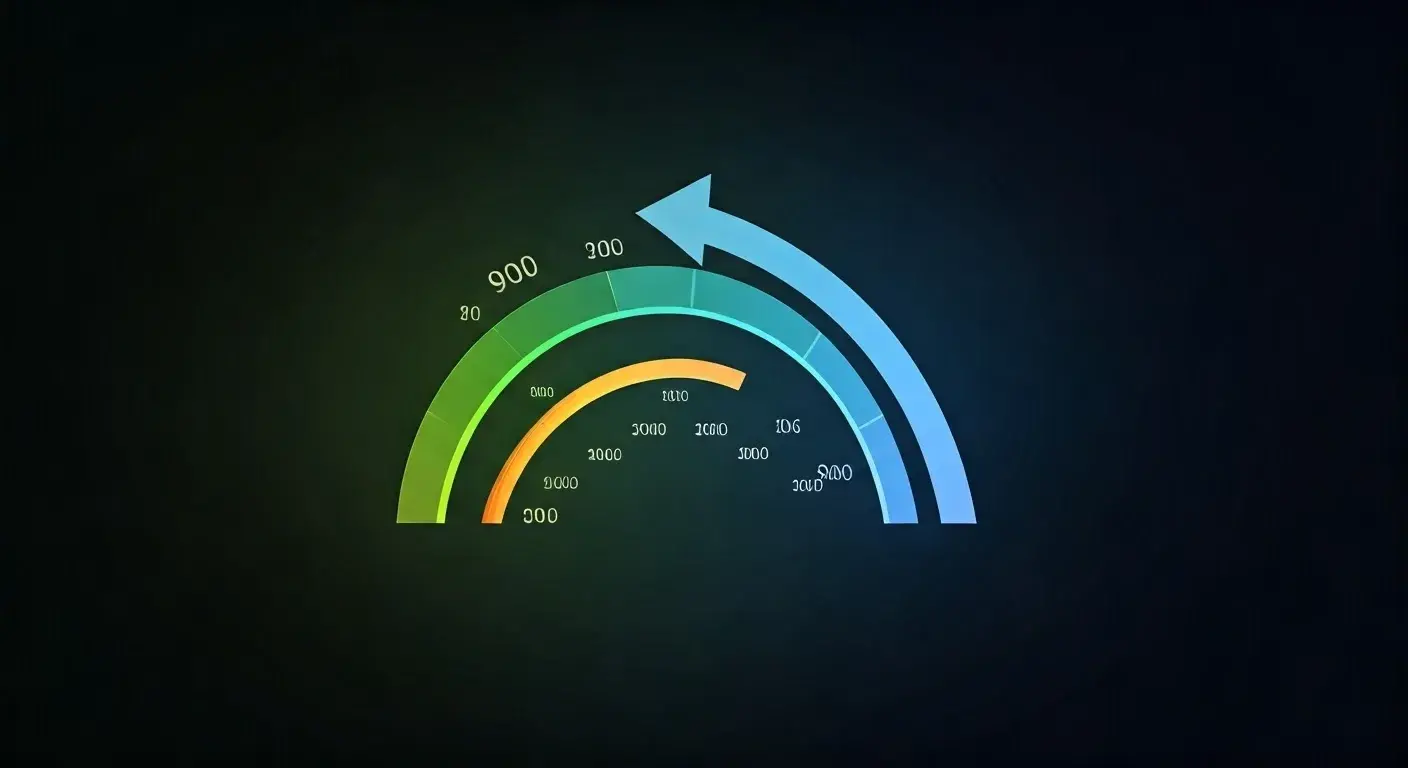-
Posted on: 23 Aug 2024

-
This is one of the most valuable and frequently used financial indicators in your life. It shows lenders how well you can be relied on to perform the obligations of repaying a certain amount of money. New credit products such as credit cards, auto loans, and mortgages consider you to be more credible the higher your credit score is. But grades are not only between excellent and good – they can be very low as well. But, do you know what is the minimum credit score that one can have? Here, you will find the details on the credit score scales and ranges as well as how low scores can pull you down.
What is a Credit Score?
The credit score is a numerical value ranging from 300 to 850 that provides lenders with information about your creditworthiness. (Some specialized scores have a slightly different range. ) The score is calculated based on information in your credit report, including:
-
Your repayment record – Your capacity to pay your bills on time, incidences of late payments, cases where you have been reported to a collection agency, or wherever you stand about the debt is also taken into consideration. It is worse when the late payments were made recently and were of higher amounts.
-
How much you owe- This involves the number of accounts with balances, the proportion of the balances to the credit limits, and the total amount of credit card revolving debts. The less you owe, the higher your score.
-
Length of credit history – This, in most cases, means that the longer you have been able to use credit, to have creditworthy accounts, and to use credit responsibly the better off you are for the credit score.
-
Account type- The most preferred type of account in credit reporting is the credit card, and other preferred forms of credit include auto loans, mortgages, and student loans. The fact that there is a wide range of credit types should be a plus for your score.
- New credit – The frequent application of new credit accounts is also seen as high risk and can harm your credit score.
Credit Score Ranges
Most credit scores fall into defined ranges that enable lenders to quickly assess how risky you are:
800-850: Exceptional 740-799: Very Good 670-739: Good 580-669: Fair 300-579: Poor
What is the minimum credit score that a person can have on the credit scoring system?
The number of points on most scoring scales is the lowest at 300 points. If your score is 300, it means you have terrible credit and your lenders will consider you a very high risk. Many lenders will consider applicants with such low scores to be high risk and will turn down their applications.
However, it is possible to get an even lower score than 300 – depending on the scoring model some of them may range from 100. This is the reason why it hardly happens that a person’s score is lower than 300.
And if your score has sunk below 300, it likely indicates:
-
This includes any severe delinquencies or other public records information such as bankruptcies, foreclosures, civil judgments, tax liens, and accounts that are in collections. In general, defaulted accounts may remain with the credit reports for approximately 7 years. Bankruptcies can remain in the CreditInfo database for up to 10 years.
-
Revolving or installment loan accounts, no record of responsible management, or limited record in the most recent years. No credit history or no record at all pulls a score down.
- Too many recent inquiries and new accounts if you’re applying for many credit cards and loans at the same time. Hard credit inquiries may reduce scores for a short period, by a few points, while new accounts reduce the average credit history.
If your score has gone below 300, it might be almost impossible to get approved for credit. You are charged with even higher interest rates and fees whenever you can get approved because you appear as a subprime candidate. However, such ratings indicate that there is a clear-cut plan in place that will enable you to begin the process of credit repair.
Is There Any Value to Extremely Low Credit Scores?
Some may ask themselves as to whether there is still a significant difference between a very low credit score such as of 350 and a really poor credit score in the 100’s. Does not either of those scores lead to denials from most lenders?
While approval odds don’t get much worse as you go lower than 300, there are a couple of key reasons the specific number still matters:
-
Interest rates - The probability of getting the lowest approval decrease at about 300, but the higher the exact score above 300, the higher the chances of getting credit cards and loans for deep subprime borrowers. You WILL pay exorbitant interest rates - but getting from a 320 score to 280 will drop your loan by 0. 5% to 1%.
- Capability to monitor direction – Once you end up in the very low 300s or below, every point becomes important in proving to the lenders about the score direction. Getting a new high score of 315 and thus a new high score means some level of positive change.
Changes in Credit Reporting and Re-establishing Very Low Credit Score
No matter how low your credit score is currently, you can rebuild it over time by consistently engaging in responsible actions:
-
Ensure all current bills are paid on time - Delinquencies push the scores down even lower.
-
Reduce balances owed – Decreasing the amount owed in comparison to the credit limit is helpful.
-
Pay off old accounts and collections - Paying off collections or negotiating to have them removed can also work.
-
Restrict application – To make a new application for a secured card targeting those with bad credit rather than regular credit.
-
Let negative information get stale – Old items are less painful.
- Include positive information – Be added as an authorized user on other people’s cards.
With patience and diligence anyone can restore their credit even from a very low credit rating. However it requires effort, time and so purposefully to begin building credits responsibly.
Minimum Credit Score: What Is the Lowest Credit Score Possible? It can reach rock bottom.
A credit score below 300 or even lower means that you are in a terrible financial situation and that will make you look like a very risky candidate to lending companies. But that mountain of negative information – collections, bankruptcies, debt judgments – did not materialize overnight.
The negative effects on the other hand will not be eliminated either shortly. Be prepared to wait for years to rebuild back to a good credit rating. However, if you can figure out why your credit score is low and make corrections properly moving forward, you’re likely to record a huge improvement. Be keen and patient when beginning to show that you are concerned about borrowing. And you are going to witness even low credit scores start to turn around.
Get fast and reliable credit repair—call (888) 803-7889 to get started!
-










